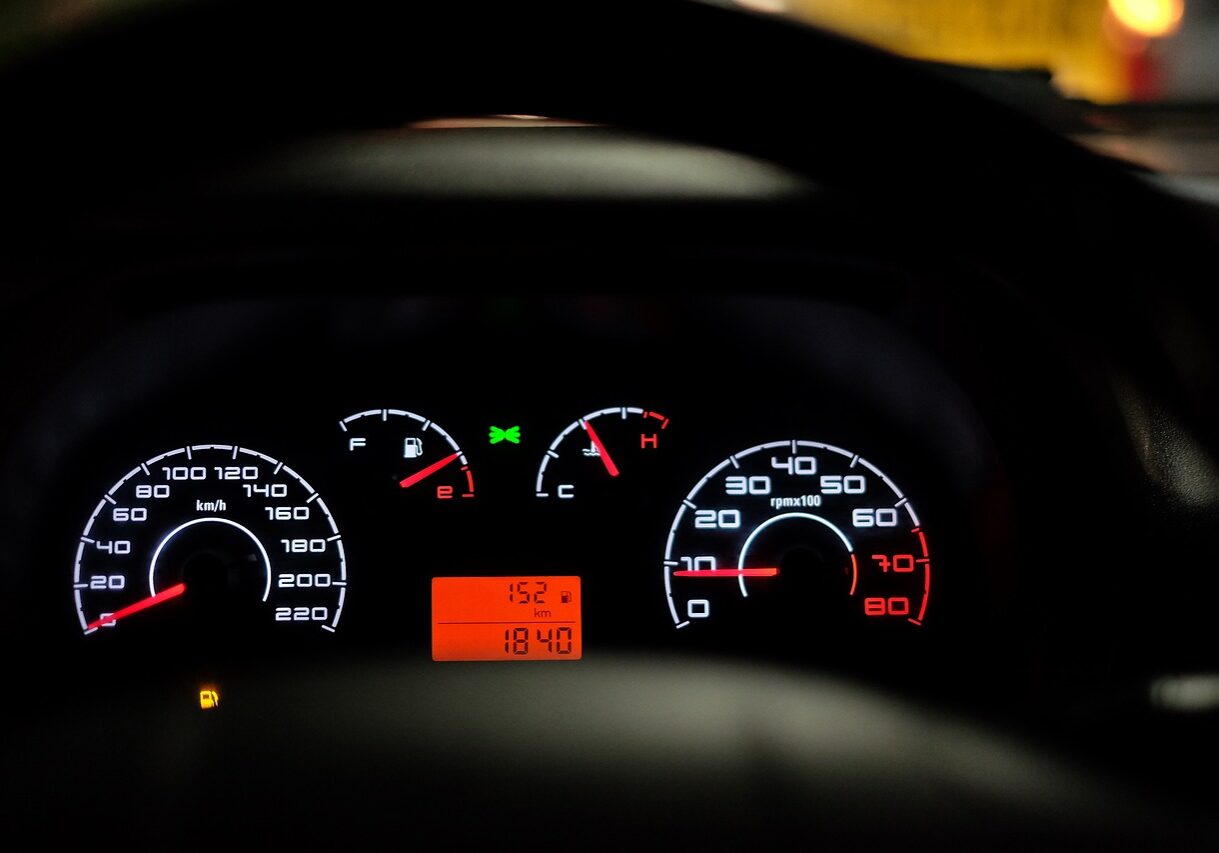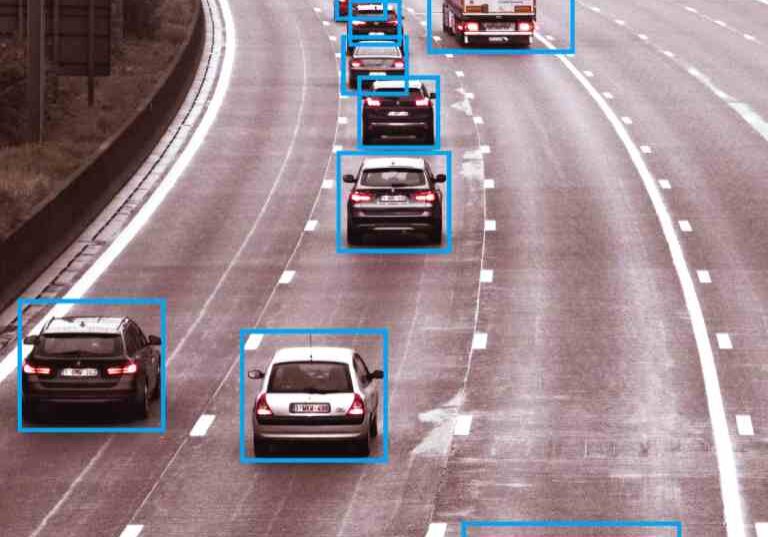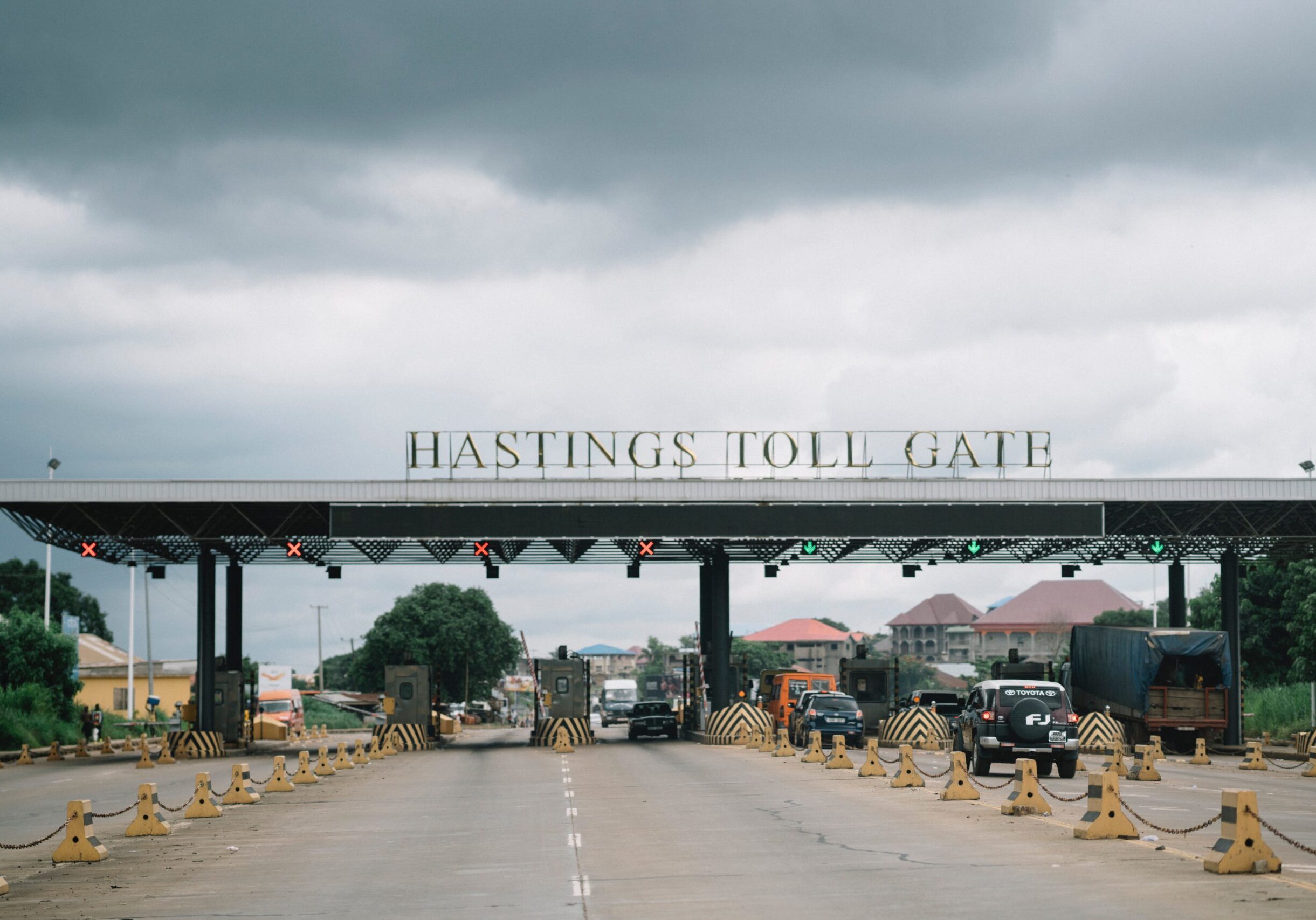
Advanced Traffic Management System
Advanced Traffic Management Systems (ATMS) are a type of intelligent transportation system (ITS) that uses advanced technologies to monitor and control traffic flow on roads and highways. The goal of ATMS is to improve safety, reduce congestion, and increase the overall efficiency of transportation networks.
VisionaryAI ATMS typically include a variety of different components, such as traffic sensors, cameras, and communication systems. These systems are used to collect real-time data about traffic conditions, including traffic volumes, speeds, and incident information. This data is then analyzed and used to optimize traffic flow and reduce congestion.
Advanced Traffic Management Systems are not just limited to the urban areas, but also widely used in rural areas for incident management, to monitor and manage natural events like floods, snow, and fire, and for emergency management during any crisis.
The goal of our ATMS is to improve safety, reduce congestion, and increase the overall efficiency of transportation networks. ATMS can also help to reduce the environmental impact of transportation by reducing emissions from vehicles, and help with incident management and emergency management.
Video Based Automatic Vehicle Counting & Classification (AVCC)
Automatic Vehicle Classification or AVC is an AI-based software for classifying vehicles using a camera feed.
●Automatic Vehicle Classification system classifies different types of vehicles using technologies like computer
vision and Artificial Intelligence.
● The classes of vehicles are as per the NHAI guidelines such as Cars, Truck, Bus, LCV, Minibus, etc.
● Our software can achieve an accuracy of 98% for the classification of vehicles and 100% for counting vehicles.
In order to create an Easy to Install and use solution for existing Toll Plazas, VisionaryAI brings Advanced Technology for Vehicle Counting and Classification. In terms of inter-operability, our system offers an advantage over traditional Hardware sensor-based AVCC (Automatic Vehicle Classification).
It is simple to integrate our AVCC system with the current Toll Plaza Ticketing Management Software. The solution can be utilized for offline auditing of the ticketing system as well as real-time validation of operator issued tickets.
Key Advantages
- Easy to Install and Operate
- No need of Hardware sensors
- Open Framework for Easy Integration
- Integrated with any Video Management Software
- Recording the Vehicle Image and Video
- Advanced Reporting and Statistics
- Better Accuracy for Vehicle Detection & Classification
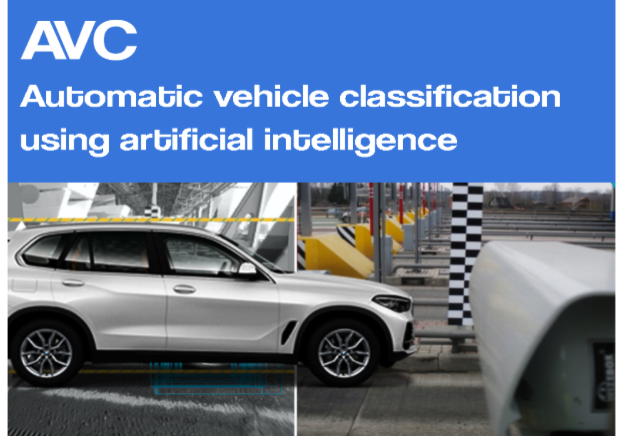
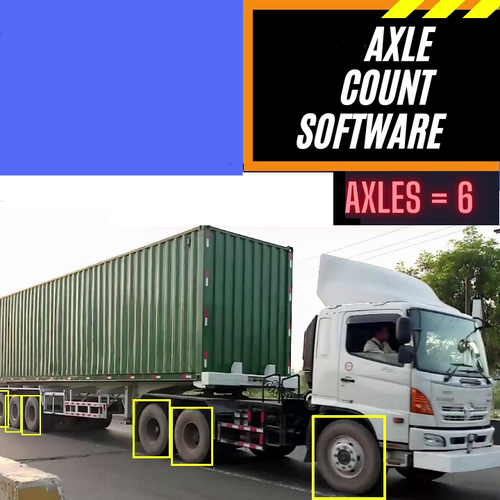
Axle Count System
The axle recognition & axle count of a vehicle have a significant role in the toll plaza as the price of the toll is directly associated with the axle of the vehicle. Most of the vehicles entering the toll plaza except cars, vans,
and some kinds of trucks like LCV have a different number of axles.
The live feed of the camera installed is processed using advanced artificial intelligence algorithms for axle detection using Deep Learning. The axle counter captures the axle in every weather condition. A considerable amount of data
is used to train the axle detection models.
Key Advantages
- Easy to Install and Operate
- No need of Hardware sensors
- Open Framework for Easy Integration
- Integrated with any Video Management Software
- Recording the Vehicle Image and Video
- Advanced Reporting and Statistics
- Better Accuracy for Vehicle Axle Detection
Automatic Traffic Counter and Classifier (ATCC)
Our ATCC System allows vehicles to pass through toll plazas at highway speeds. This is typically done using overhead gantries that are equipped with electronic toll collection equipment. these systems are particularly useful for high-volume toll roads and bridges, as they can help to reduce congestion and improve traffic flow.
ATCC detects, counts and classifies all traffic passing where it is installed. Our ATCC is able to provide detailed information about time headway, speed statistics , total count, vehicle classification The ATCC is useful for collection of large data on weekly, monthly and yearly basis.
Key Advantages
- Easy to Install and Operate
- No need of Hardware sensors
- Open Framework for Easy Integration
- Integrated with any Video Management Software
- Recording the Vehicle Image
- Advanced Reporting and Statistics
- Better Accuracy for Vehicle Detection & Classification
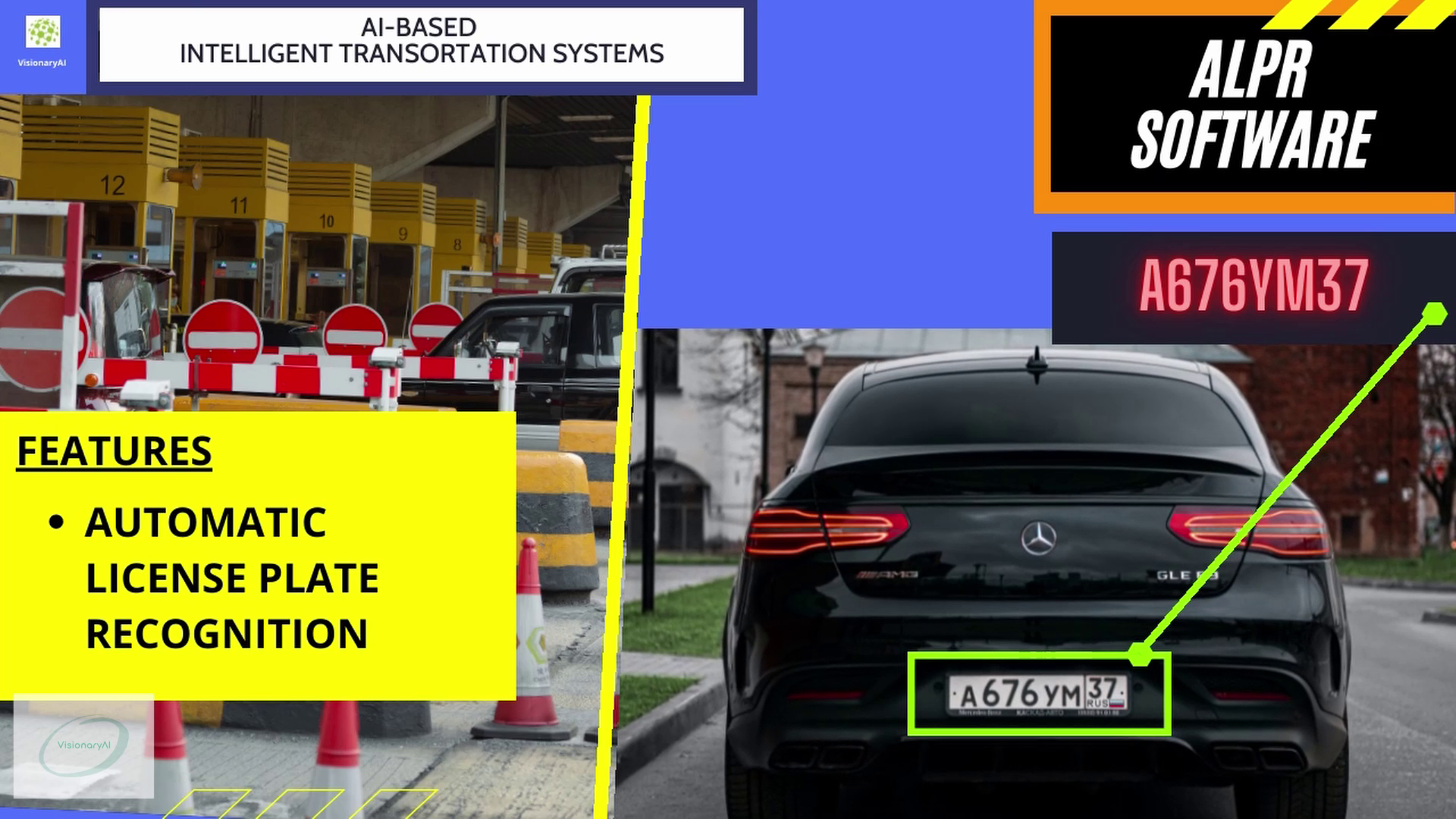
Automatic License Plate Recognition (ALPR)
AI-based Automatic License Plate Recognition (ALPR) is a technology that uses artificial intelligence (AI) and image processing techniques to automatically read and recognize license plate numbers on vehicles. This technology is typically used in traffic management, parking enforcement, and security applications.
The process of ALPR typically involves capturing an image of a vehicle's license plate, then using image processing and computer vision techniques to extract the characters of the license plate number.
One of the main advantages of AI-based ALPR is its high level of accuracy and reliability. This is due to the use of advanced image processing techniques, such as optical character recognition (OCR) and machine learning algorithms, which can accurately recognize license plate numbers even in difficult conditions, such as low-light or bad weather.
ALPR systems can also be integrated with other systems, such as traffic management systems and parking enforcement systems, to provide additional functionality. This makes it a valuable tool for improving the efficiency and effectiveness of these applications.
● We provide over 90% accuracy on Indian number plates despite challenging traffic scenarios.
Video Incident Detection Systems (VIDS)
AI-based Video Incident Detection Systems (VIDS) are a type of intelligent transportation system (ITS) that use advanced technologies such as artificial intelligence (AI) and computer vision to automatically detect and classify incidents on roads and highways. These incidents can include accidents, congestion, road closures, and other events that can affect traffic flow and safety.
The process of VIDS typically involves the use of cameras and other sensors to capture images and video of the road. These images and videos are then analyzed in real-time using AI and computer vision techniques, such as object detection, image recognition, and scene understanding. This allows the system to automatically detect and classify incidents, and to provide real-time information about the location and severity of the incident.
One of the main advantages of AI-based VIDS is its high level of accuracy and reliability. The use of advanced AI and computer vision techniques allows the system to accurately detect and classify incidents even in difficult conditions, such as low-light or bad weather. Additionally, AI-based VIDS can also learn over time, allowing the system to improve its accuracy and performance as it processes more data.
VIDS can also be integrated with other ITS systems, such as advanced traffic management systems (ATMS) and intelligent transportation management systems (ITMS). This allows the system to provide real-time information about incidents to traffic managers and emergency responders, so that they can take appropriate action to mitigate the impact of the incident.
Another application of VIDS is in the field of security and surveillance, where it can be used to monitor public places, detect suspicious activity, and alert security personnel.
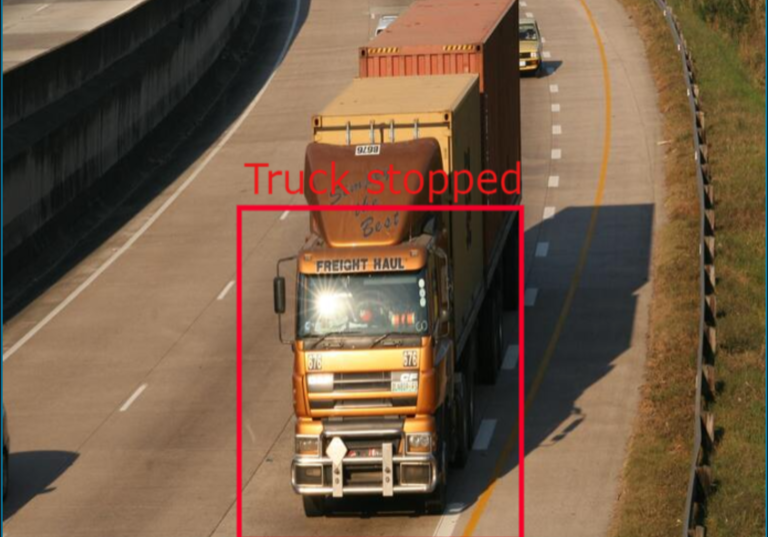

Road Monitoring System
Road monitoring systems are advanced technologies used to monitor and manage road networks in real-time. The goal of these systems is to improve road safety, reduce traffic congestion, and enhance the overall efficiency and management of road networks.
Road monitoring systems typically consist of a combination of hardware and software components, including cameras, sensors, and data analysis tools. The data collected from these components is used to generate real-time reports and insights about road conditions, traffic flow, and potential hazards.
Some of the key benefits of road monitoring systems include:
- Improved road safety: With real-time monitoring of road conditions and traffic flow, road monitoring systems can help identify potential hazards and accidents and alert drivers and authorities accordingly.
- Reduced traffic congestion: By providing real-time traffic updates, road monitoring systems can help drivers make informed decisions about routes and avoid congested areas, reducing overall traffic congestion and improving the efficiency of road networks.
- Better road management: Road monitoring systems can help road authorities identify areas in need of maintenance and repair, enabling them to prioritize their resources and improve the overall quality and safety of road networks.
- Increased mobility: By providing real-time traffic updates, road monitoring systems can help drivers plan their routes more efficiently, reducing travel time and increasing mobility.
- Environmental benefits: By reducing traffic congestion, road monitoring systems can help reduce air pollution and greenhouse gas emissions, contributing to a healthier and more sustainable environment.
Road monitoring systems are an essential technology for modern road networks, and are widely used by road authorities, governments, and private companies to manage and maintain road networks more efficiently and effectively. With the continued development of advanced technologies such as AI and the Internet of Things (IoT), road monitoring systems are likely to become even more sophisticated and effective in the future.
Parking Management System
An AI-based parking management system is a technology that uses artificial intelligence to manage and control the use of parking spaces. The goal of these systems is to improve the efficiency and convenience of parking, while also reducing traffic congestion and emissions.
AI-based parking management systems typically consist of a combination of hardware and software components, including cameras, sensors, and data analysis tools. These components work together to provide real-time information about parking availability, enabling drivers to find and reserve parking spaces quickly and easily.
Some of the key benefits of AI-based parking management systems include:
- Improved efficiency: By providing real-time information about parking availability, AI-based parking management systems can help drivers find and reserve parking spaces more quickly and easily, reducing the amount of time spent searching for parking.
- Reduced traffic congestion: By enabling drivers to find and reserve parking spaces more quickly, AI-based parking management systems can help reduce the amount of time spent circling for parking, reducing traffic congestion and emissions.
- Better parking utilization: AI-based parking management systems can help optimize the use of parking spaces, reducing the number of unused or underutilized spaces and improving the overall efficiency of parking.
- Increased revenue: By optimizing the use of parking spaces and reducing the amount of time spent searching for parking, AI-based parking management systems can help increase revenue for parking facilities.
- Improved safety: By providing real-time information about parking availability and usage, AI-based parking management systems can help reduce the risk of accidents and incidents in parking facilities.
AI-based parking management systems are an essential technology for modern parking facilities, and are widely used by parking authorities, governments, and private companies to manage and control the use of parking spaces more efficiently and effectively. With the continued development of advanced technologies such as AI and the Internet of Things (IoT), AI-based parking management systems are likely to become even more sophisticated and effective in the future.
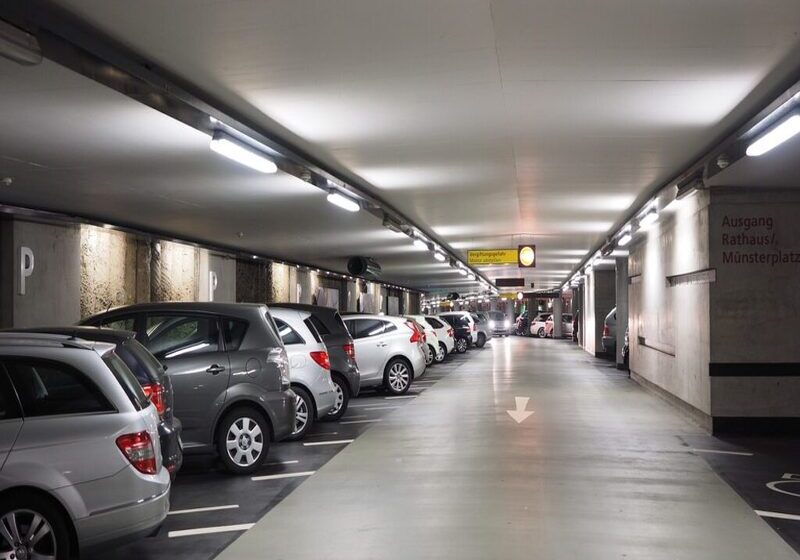
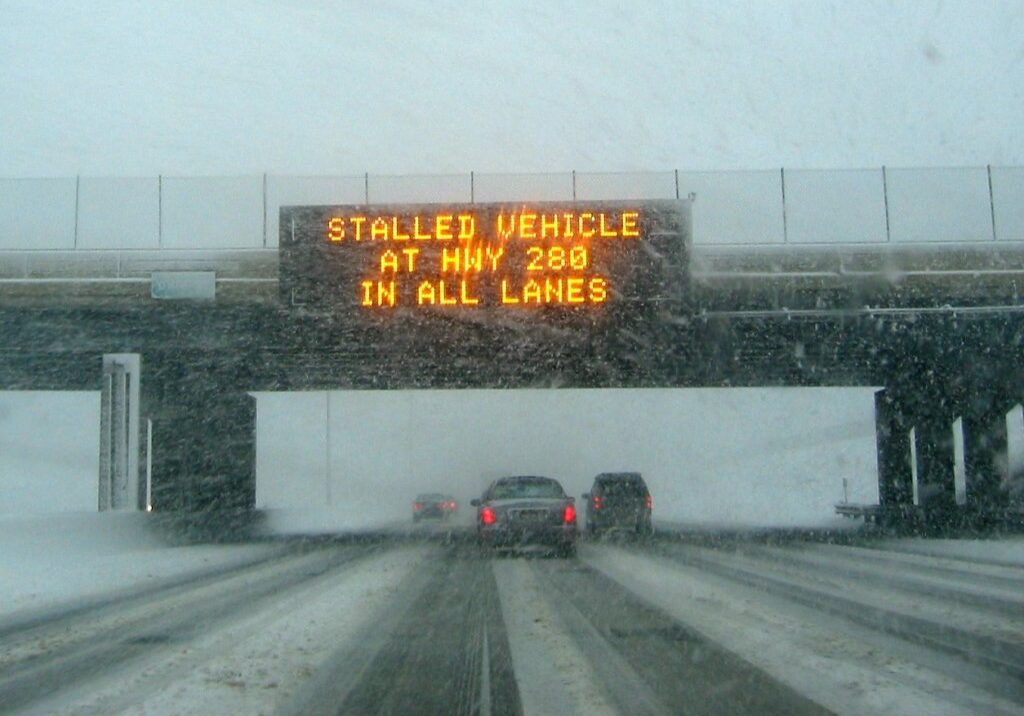
Variable Message Sign (VMS)
Variable Message Sign (VMS) systems are electronic signs that display real-time information about traffic conditions, road closures, and other events that can affect traffic flow and safety. These systems are typically used on highways, freeways, and other major roadways to provide drivers with up-to-date real-time information to drivers about traffic conditions, road closures, and detours, which can help them make more informed decisions about their routes.
VMS systems typically consist of a signboard with a matrix of LED lights or other display technology that can display text or graphics. The signs are controlled by a central computer system, which receives real-time information about traffic conditions from sensors, cameras, and other data sources. This information is then used to update the messages displayed on the sign in real-time.
Additionally, VMS systems can also provide information about parking availability, weather conditions, and other events that can affect traffic.
VMS systems can also be integrated with other intelligent transportation systems (ITS) such as Advanced Traffic Management Systems (ATMS) and Intelligent Transportation Management Systems (ITMS) to provide a comprehensive view of the traffic conditions and to provide real-time information to traffic managers and emergency responders.
Emergency Call Box System (ECB)
Emergency Call Box (ECB) is a system that is installed along highways and other roadways to provide drivers and passengers with a way to quickly and easily call for emergency assistance in case of an accident or other emergency. This can help to reduce response times and improve the chances of survival for people involved in an accident. These systems typically consist of a series of emergency call boxes that are located along the roadway at regular intervals. Each call box is typically equipped with a telephone, an emergency button, and a blue light to make it visible at night.
When an emergency arises, a driver or passenger can pull over to the side of the road and use the emergency call box to contact emergency services. The call box is connected to a central emergency center, which receives the call and dispatches the appropriate emergency response teams. Some of the emergency call boxes also equipped with GPS technology to help emergency responders locate the call box quickly and accurately.
Additionally, emergency call box systems can also be used to report hazards or other problems on the roadway, such as debris or a broken-down vehicle.
Emergency call box systems can also be integrated with other intelligent transportation systems (ITS) such as Advanced Traffic Management Systems (ATMS) and Intelligent Transportation Management Systems (ITMS) to provide a more comprehensive view of the traffic conditions and to provide real-time information to traffic managers and emergency responders.
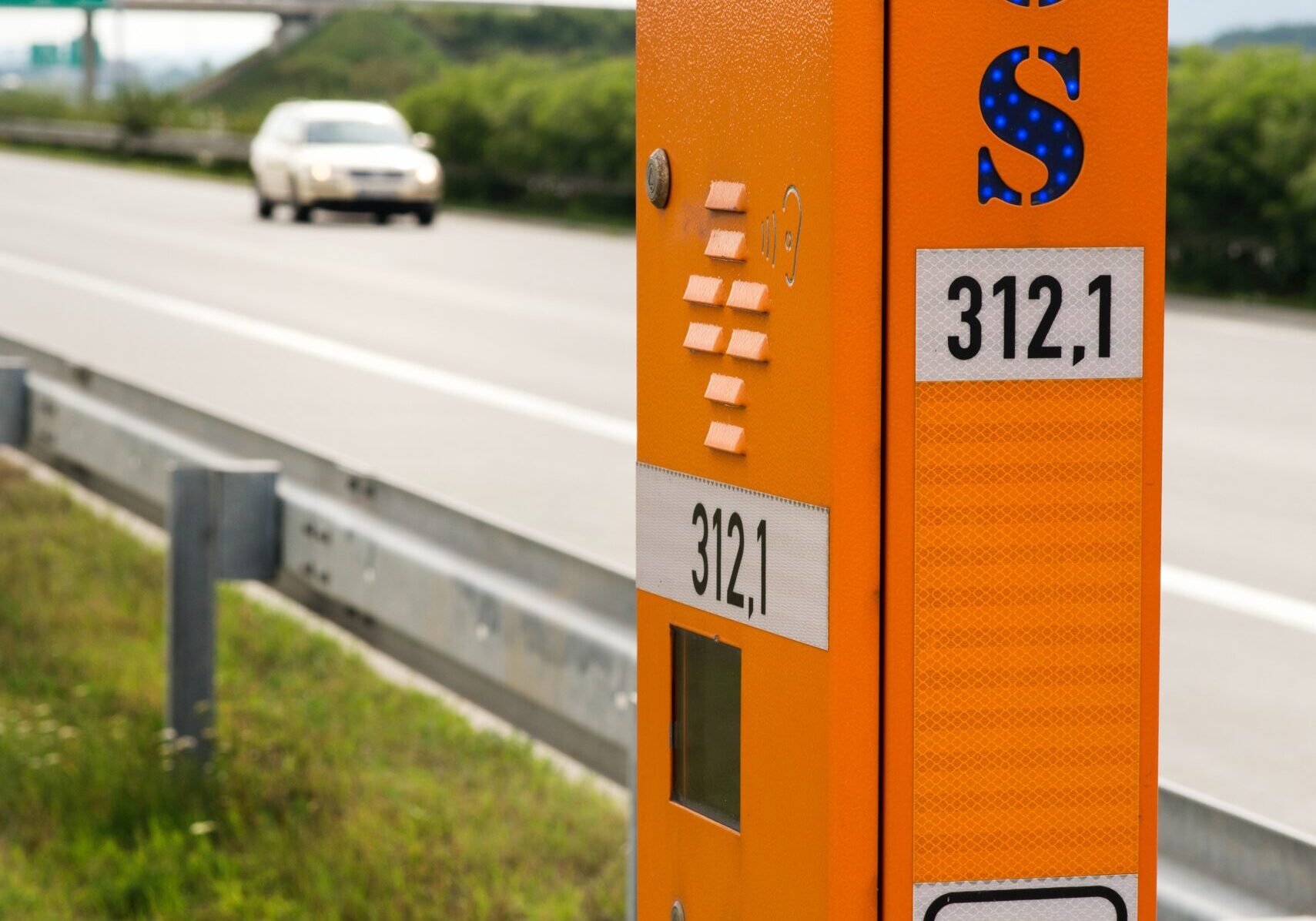
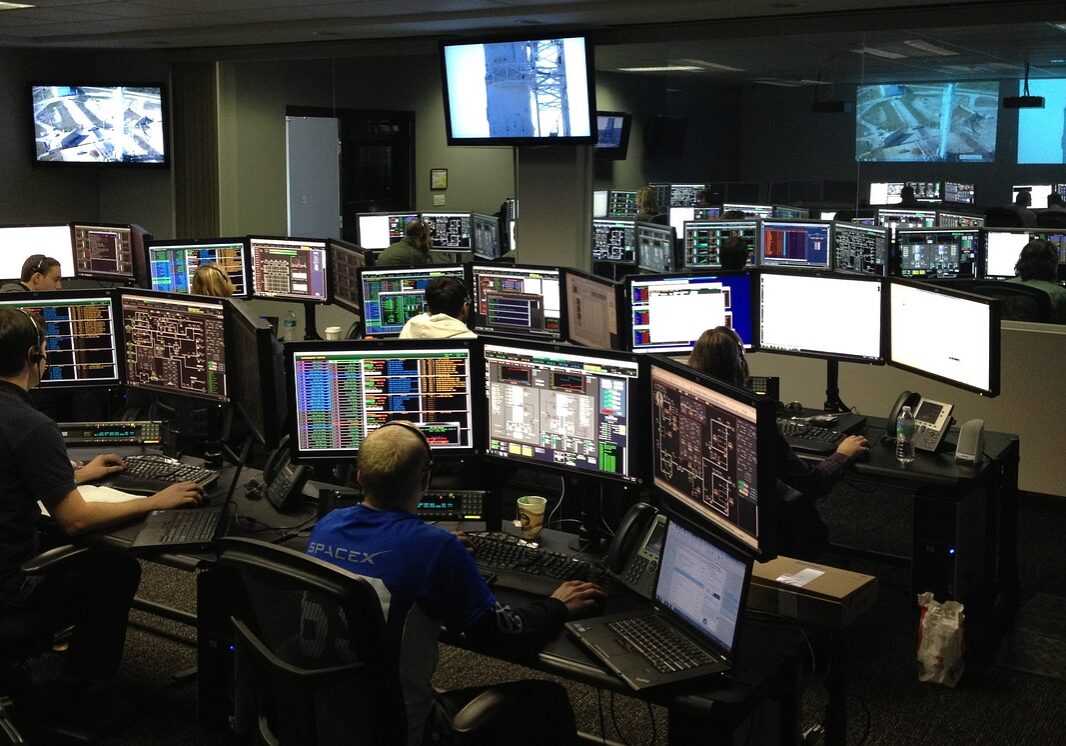
Central Control Room
A Central Control Room (CCR) is a facility that is used to monitor and control traffic flow on roads and highways. It typically includes a range of advanced technologies such as cameras, sensors, and communication systems, which are used to collect real-time data about traffic conditions. CCR is staffed by traffic engineers and operators who use this data to make decisions about traffic management, respond to incidents and provide real-time information to drivers and other road users. CCR can also be used to provide real-time information to traffic managers and emergency responders, and they can also be used to monitor and control public transportation.
These Control room can also monitor the various systems in the Traffic like AVCC, ATCC, ALPR, VIDS, etc. in order to provide real-time data to the concerned departments for better and smooth flow of traffic.
Close Circuit TV (CCTV)
Closed Circuit Television (CCTV) systems and cameras are used to monitor and record activity in a specific area. They are typically used in a wide range of applications including security and surveillance, traffic management, and incident detection. CCTV systems consist of cameras, control systems, and monitoring systems. They can provide real-time monitoring and recording of activities in a specific area, which can be useful for security and surveillance, traffic management, and incident detection. CCTV systems can also be integrated with other ITS systems to provide a more comprehensive view of the traffic conditions and to provide real-time information to traffic managers and emergency responders.
CCTV systems typically consist of cameras that capture images or video, a control system that manages the cameras, and a monitoring system that displays the images or video. The cameras can be fixed or pan-tilt-zoom (PTZ) cameras, which can be controlled remotely to adjust the angle, zoom and focus.
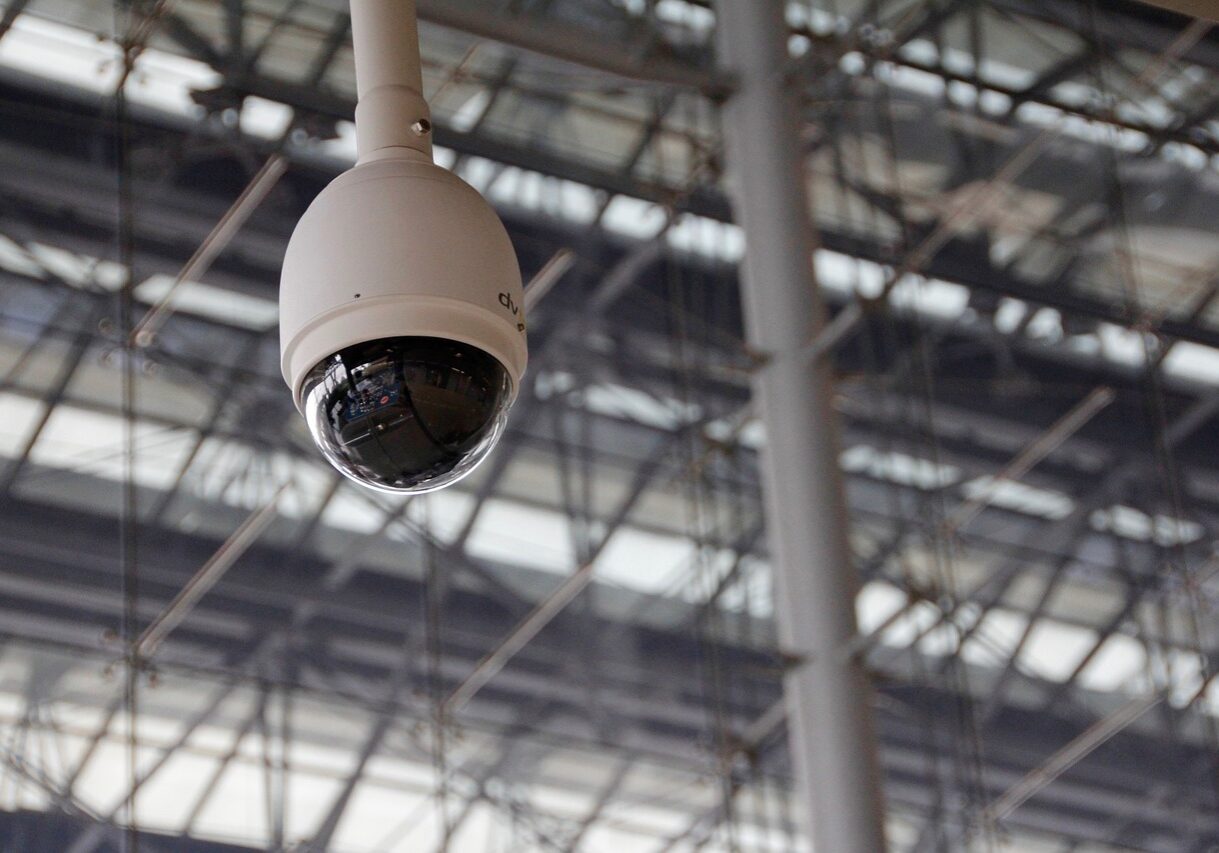
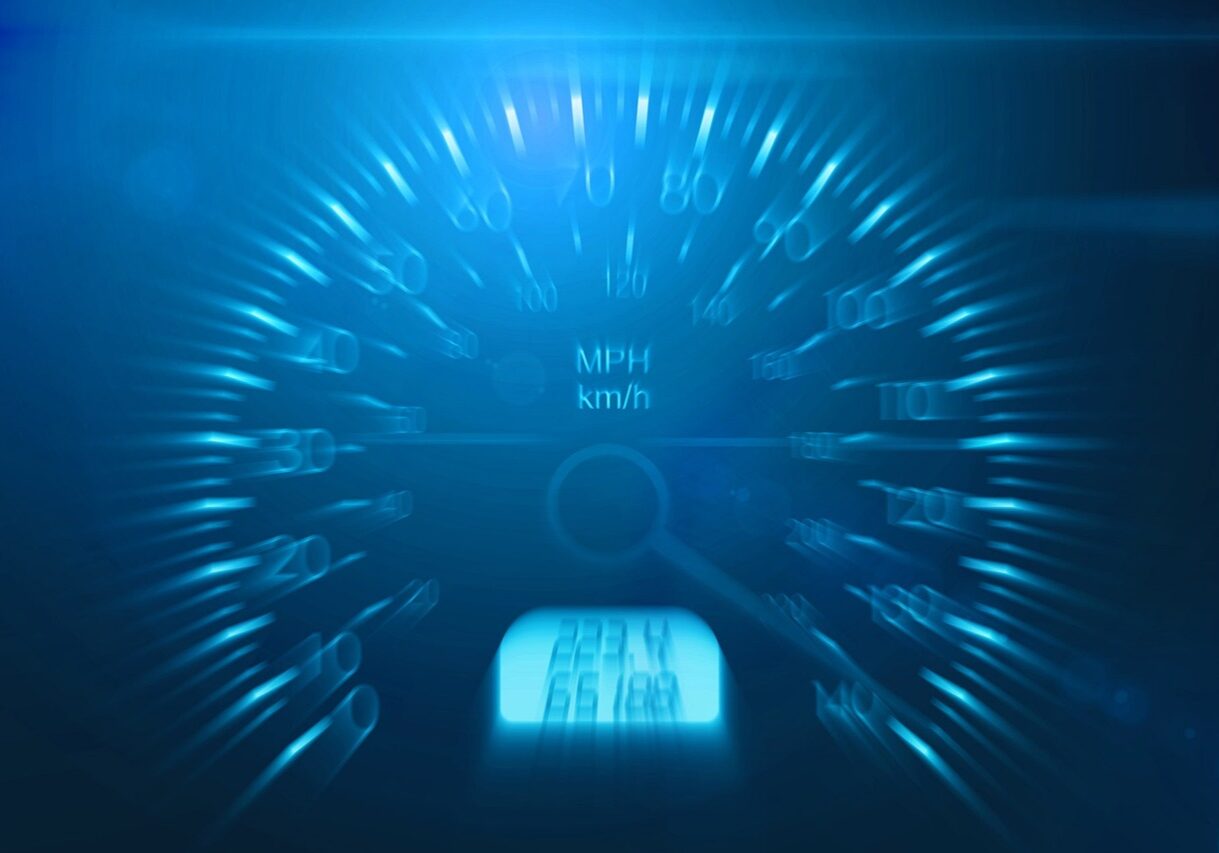
Speed Enforcement System
Speed Enforcement Systems are technologies that are used to monitor and enforce speed limits on roads and highways. They typically involve the use of cameras or radar sensors to measure the speed of vehicles, and to identify those that are exceeding the posted speed limit. The goal of speed enforcement systems is to improve safety on the roads by reducing the number of vehicles that are traveling at excessive speeds, and to improve the overall flow of traffic.
There are several different types of speed enforcement systems that are in use today. One of the most common is radar-based speed enforcement, which uses radar technology to measure the speed of vehicles as they pass a fixed point on the roadway. This type of system can be used in both stationary and mobile applications.
Another type of speed enforcement system is the camera-based speed enforcement, which uses cameras to capture images of vehicles and license plates, and then uses computer algorithms to determine the speed of the vehicle. This type of system is typically used in fixed locations, such as along a stretch of highway or in a school zone.
Both types of speed enforcement systems can be linked to a database of vehicle information, such as registration and insurance, to identify the vehicle owner and issue a citation or fine.
Speed Display System
Speed Display Systems are technology that are used to display the speed of a vehicle as it approaches a certain location, typically near a school zone, a construction zone or near a neighborhood. These systems usually consist of a sign that displays the speed of a passing vehicle, and can be used to encourage drivers to slow down and drive more safely.
Speed Display systems can be of two types: passive and active. Passive systems display the speed of the vehicle only when triggered by a radar or a sensor, while active systems continuously display the speed of the passing vehicles.
These systems can have a positive impact on traffic safety by making drivers aware of their speed and encouraging them to slow down. Research has shown that speed display systems can help to reduce the number of vehicles traveling at excessive speeds, especially in areas where there is a higher risk of accidents.
